Hellish paradise: Solovki through the eyes of Spanish photographers
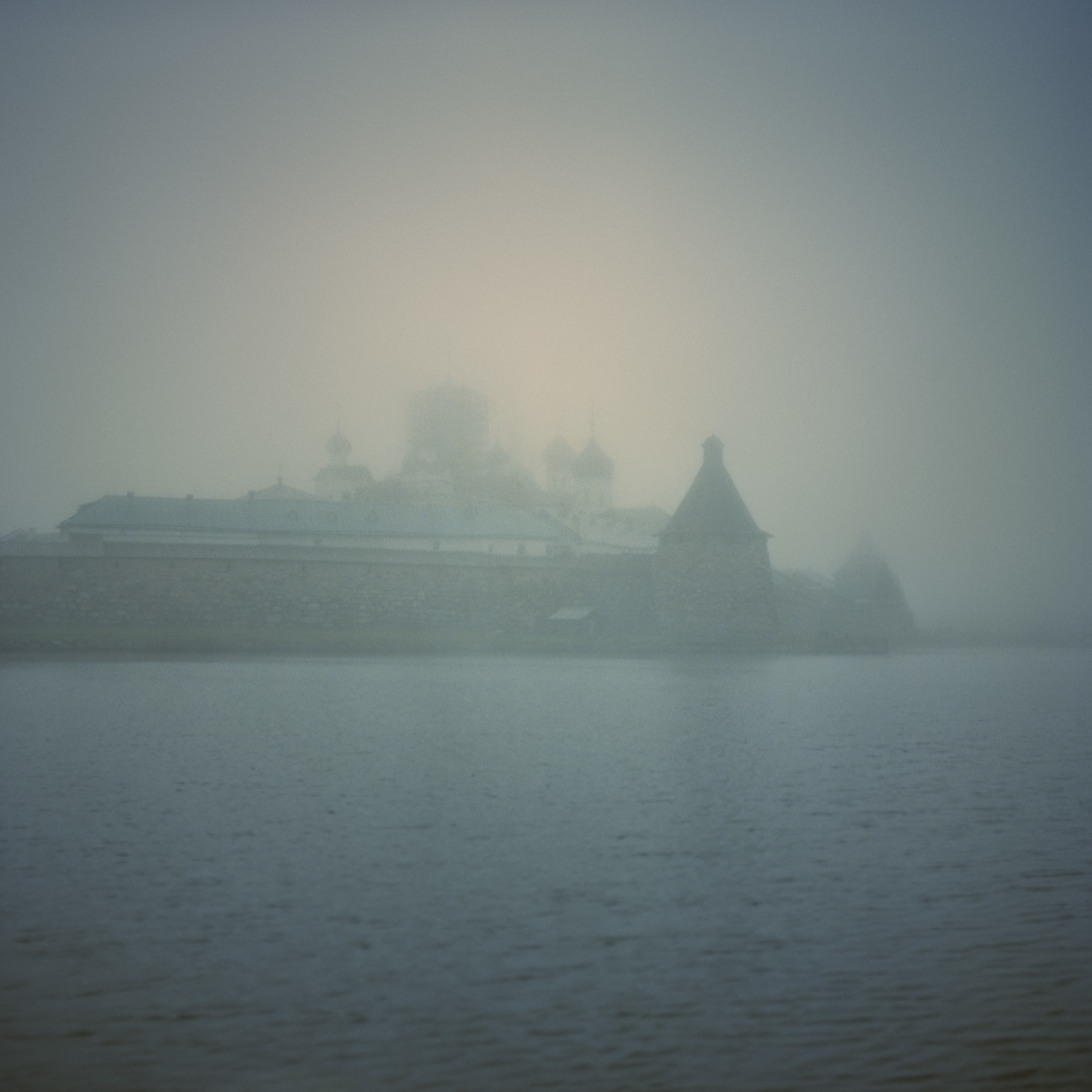
The Solovetsky Islands (Solovki) are home to one of the oldest and most beautiful monasteries in Russia. At the same time, the place is remembered historically as the largest Soviet forced labor camp.
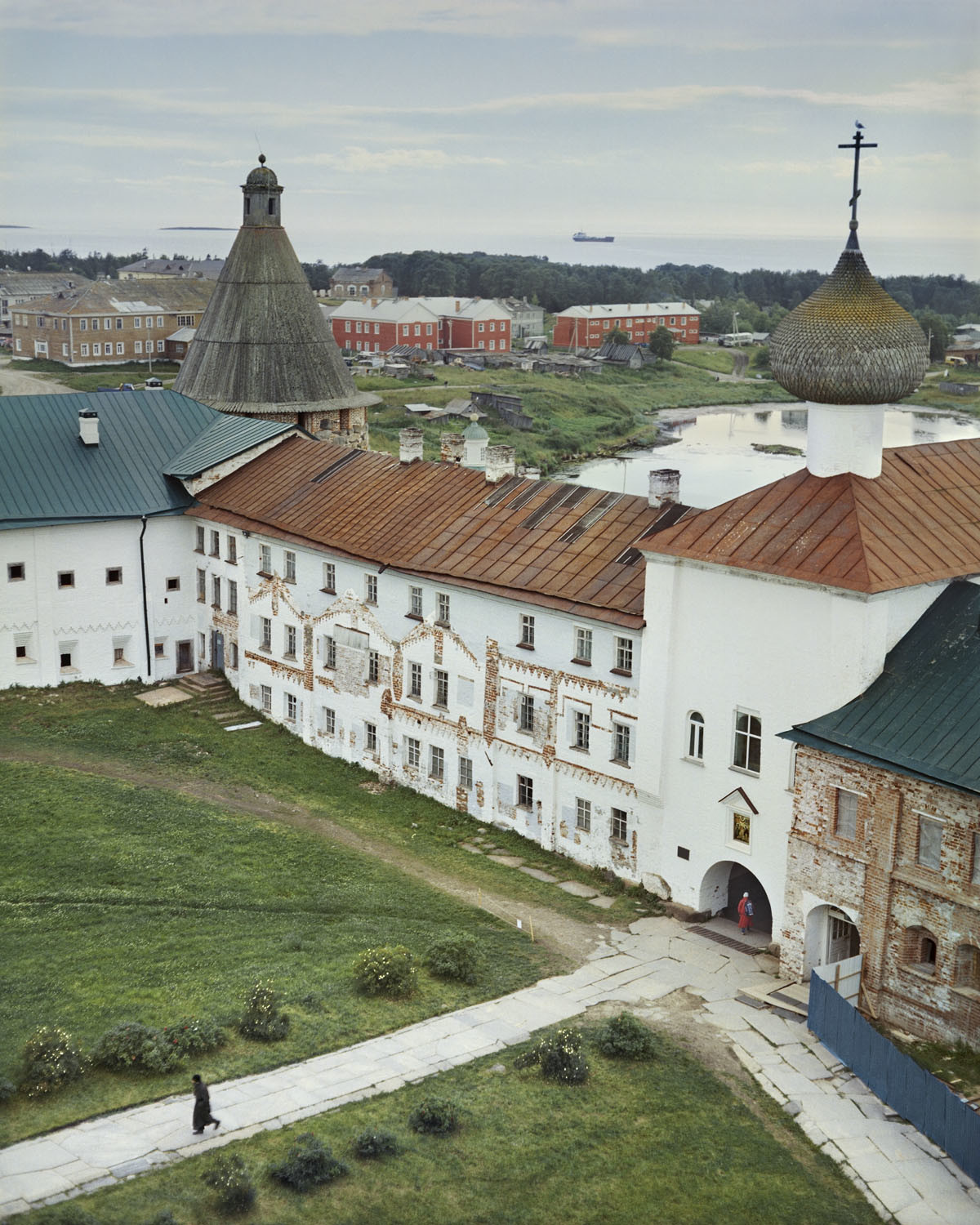
The Solovki gulag, one of the first in the Soviet Union, appeared on this archipelago before the Great Terror, in 1923-33.
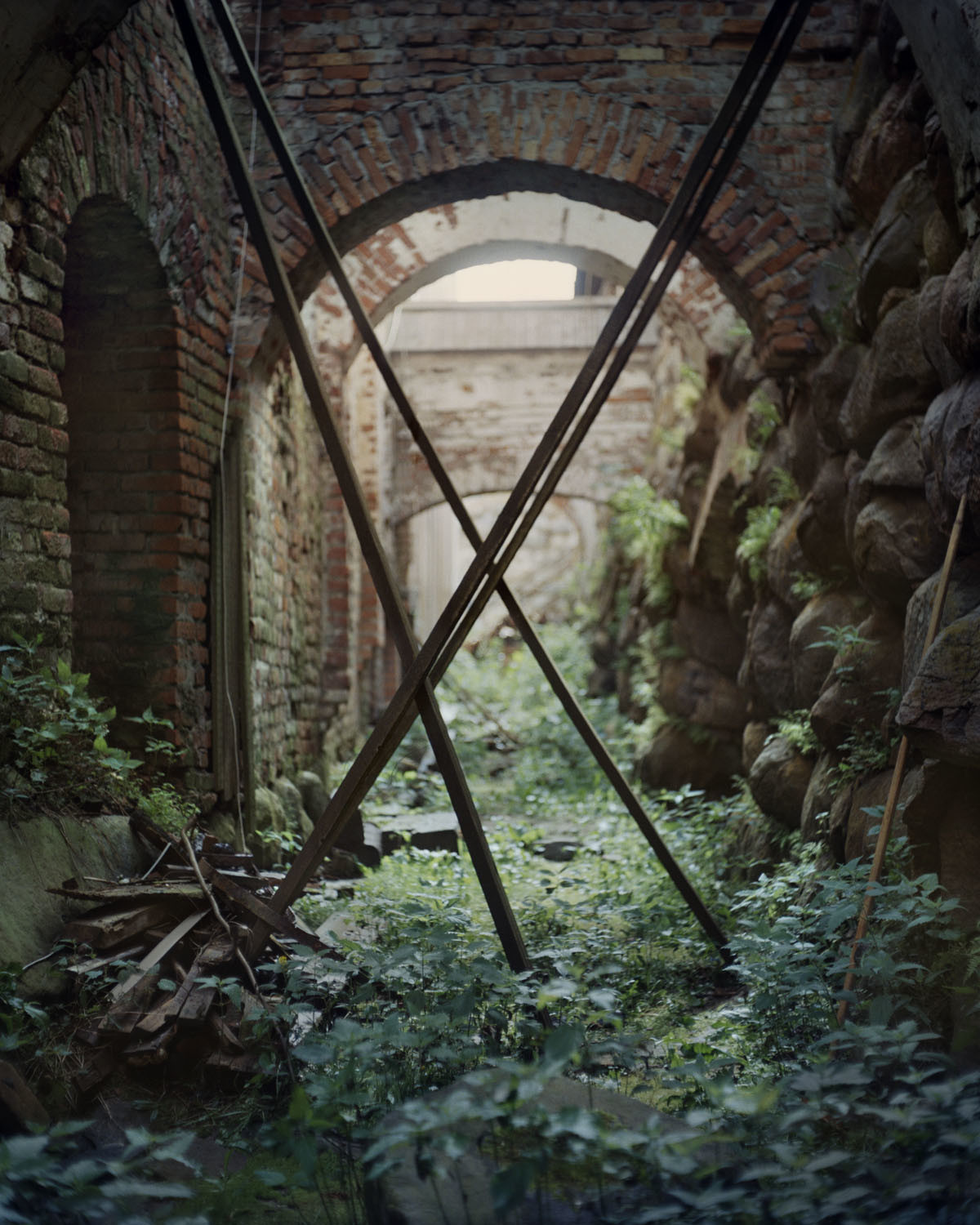
For two Spanish photographers, Juan Manuel Castro Prieto and Rafael Trapiello, their exploration of the region and its terrible history began as a regular assignment. In 2015 they went to the islands to do a shoot for German magazine Mare.
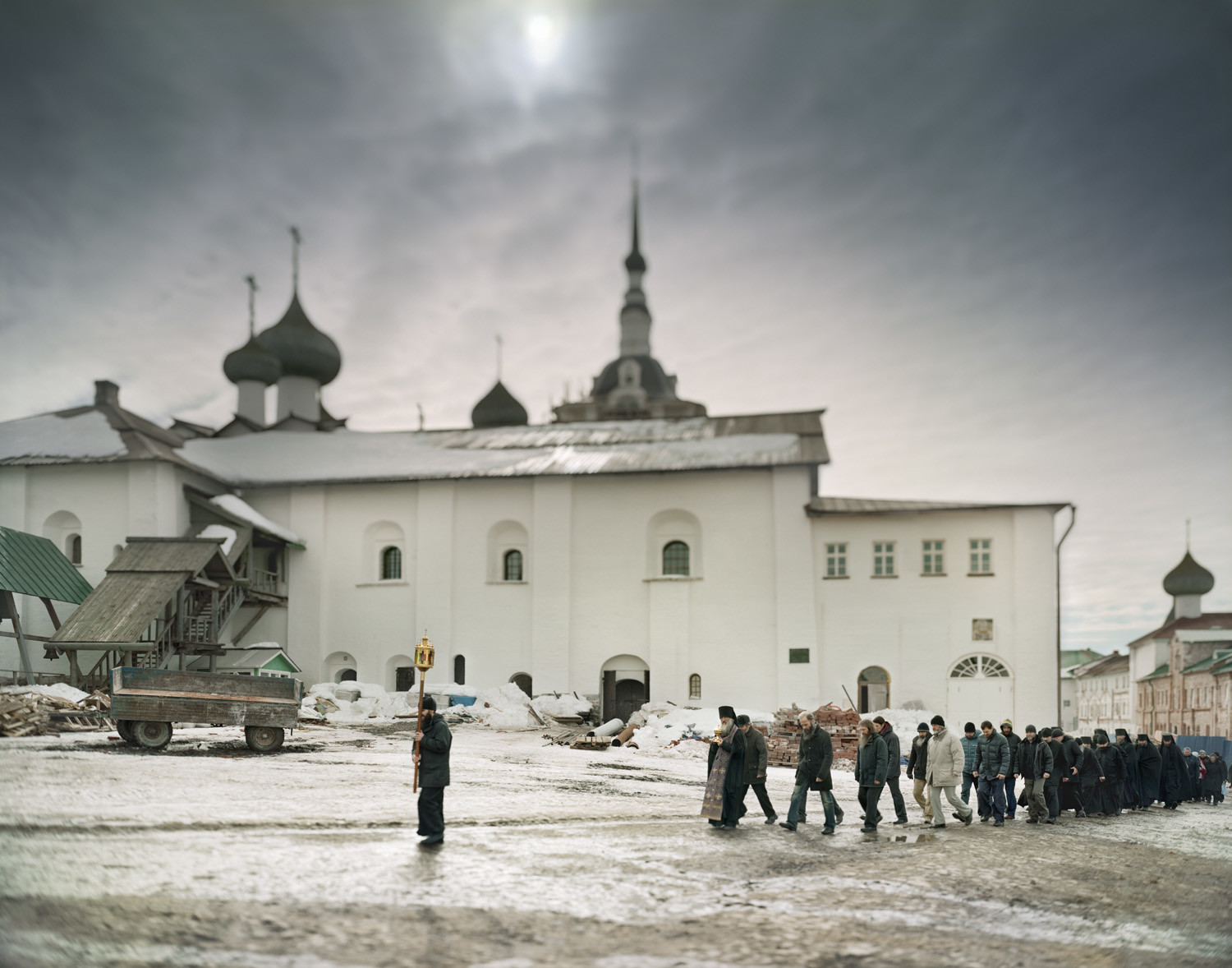
Solovki made a deep impression on Juan and Rafael, and the trip soon became more than just work.
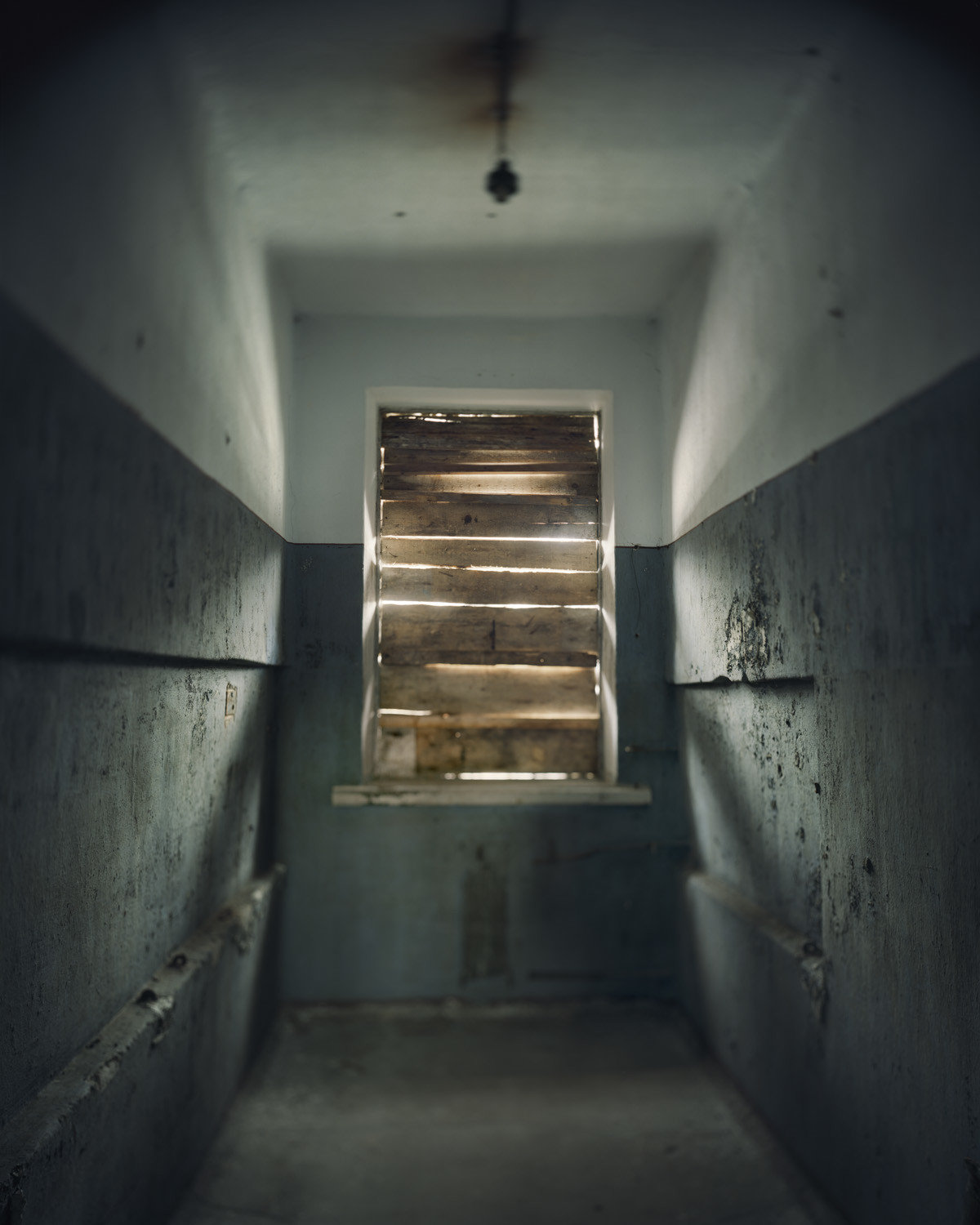
“Solovki is a paradise that not so long ago was a real hell,” says Rafael (the photo shows the huts of workers currently restoring the Solovetsky Monastery).

A year later the photographers returned to the archipelago and studied the length and breadth of it, meeting and befriending the locals.
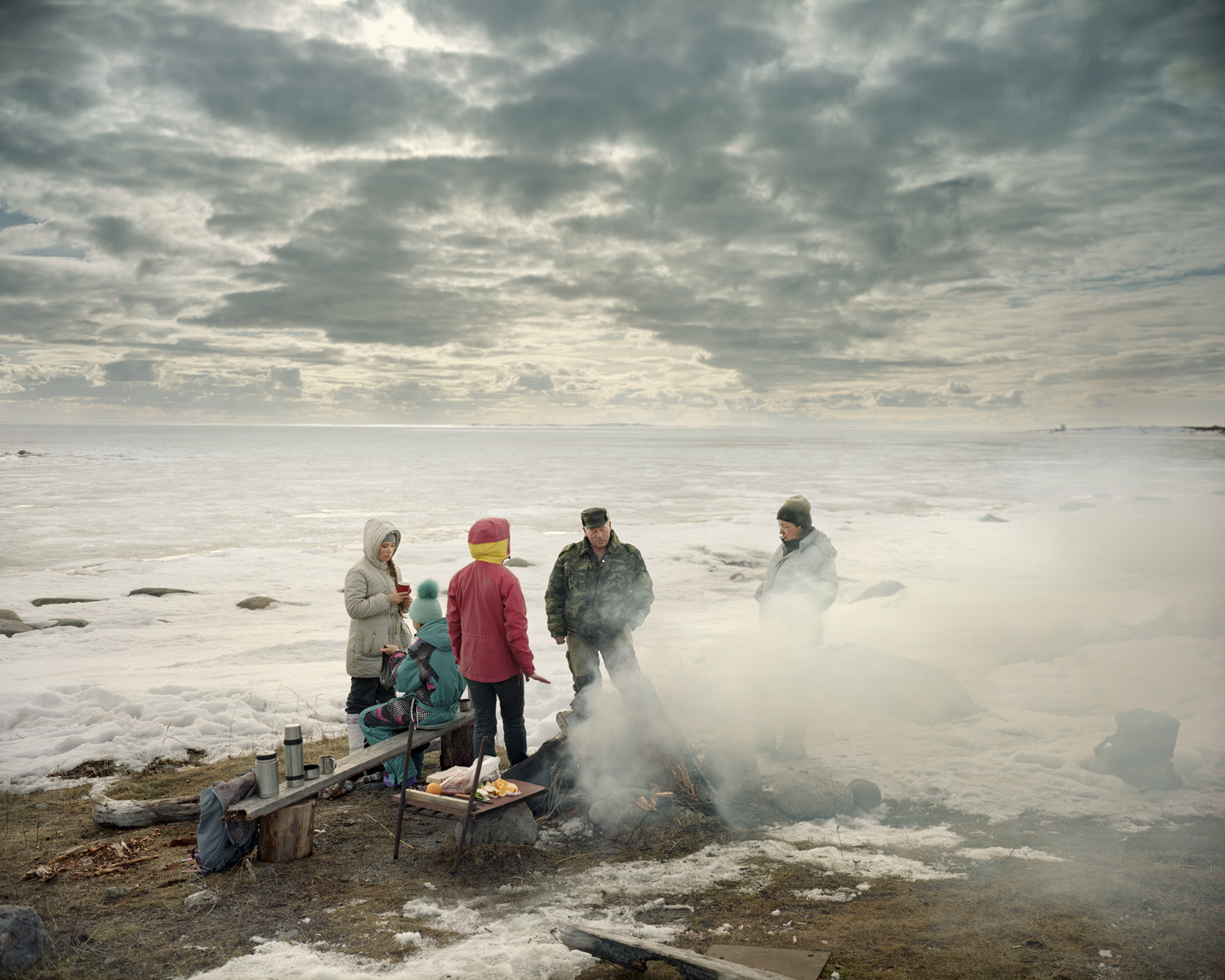
The result of their journey was the photobook Solovki, which they presented in summer at the PHotoEspaña 2019 festival.
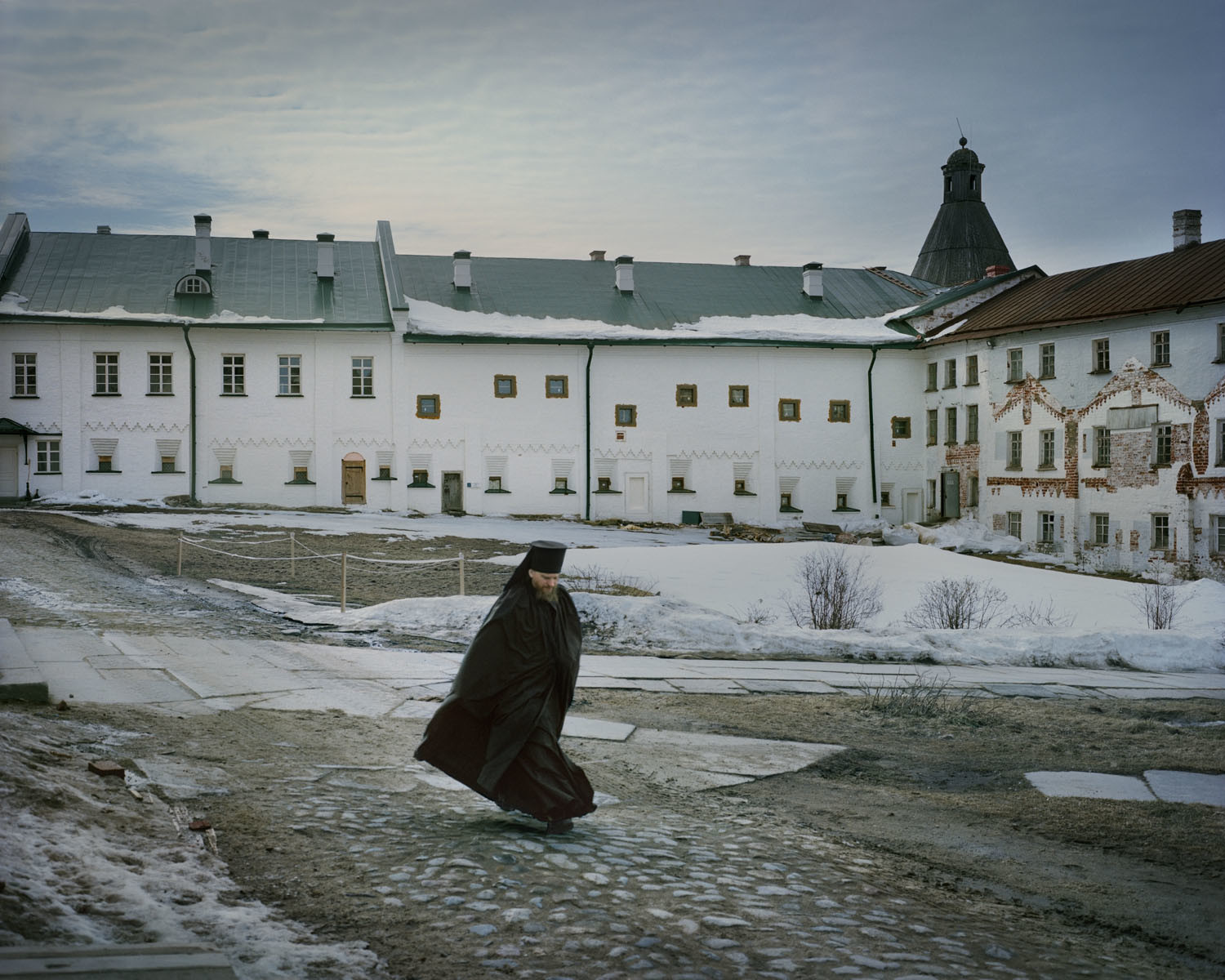
The photographers were not tasked with creating documentary evidence, since many such studies of Solovki already exist. Instead, their photo essay attempts to convey the atmosphere and spirit of the place, where a holy monastery and stunning nature coexist with the dreadful echoes of the Soviet prison system.
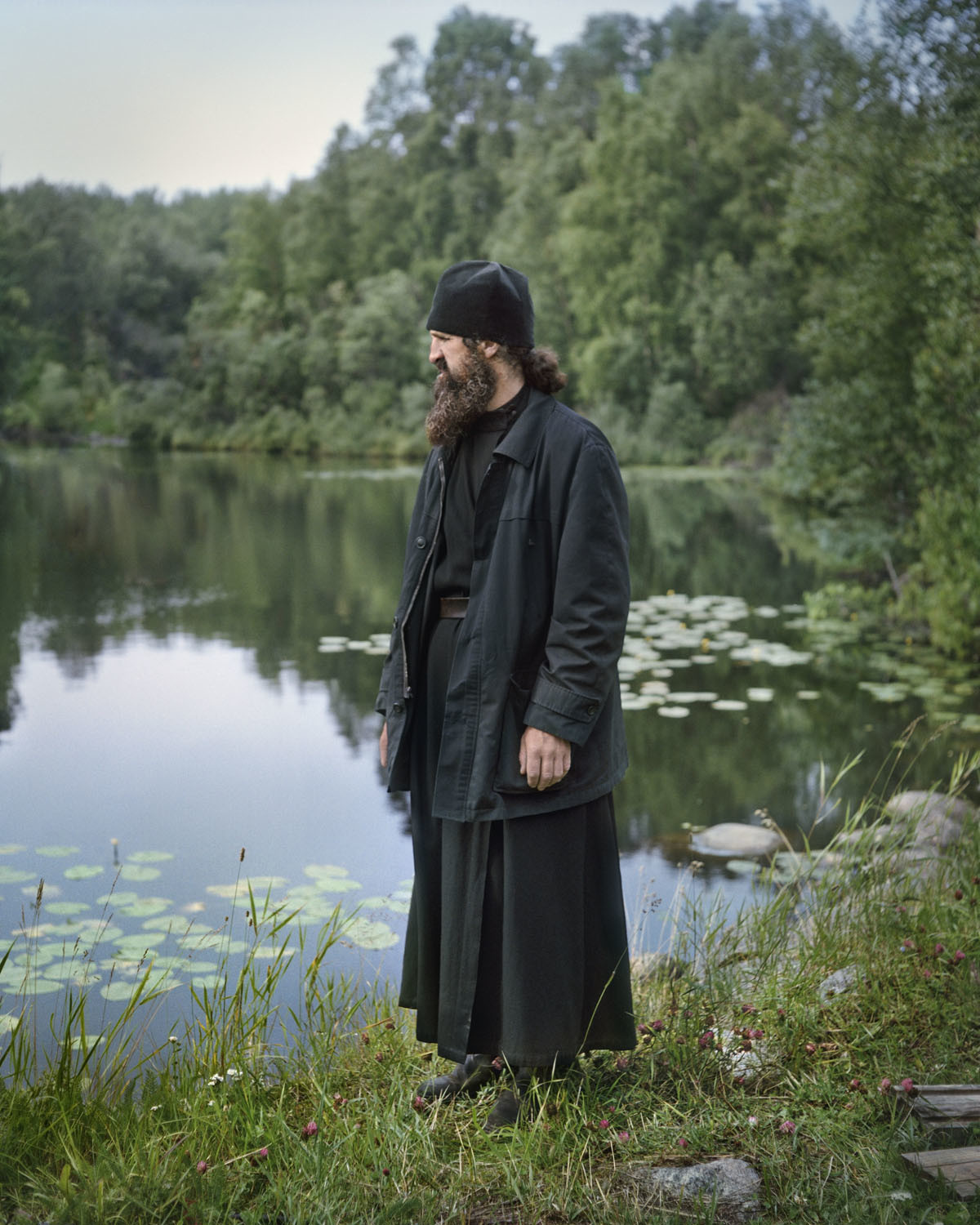
For days on end they shot the everyday life of this pristine area, where more than 7,000 prisoners died and tens of thousands suffered brutally only a few decades ago.
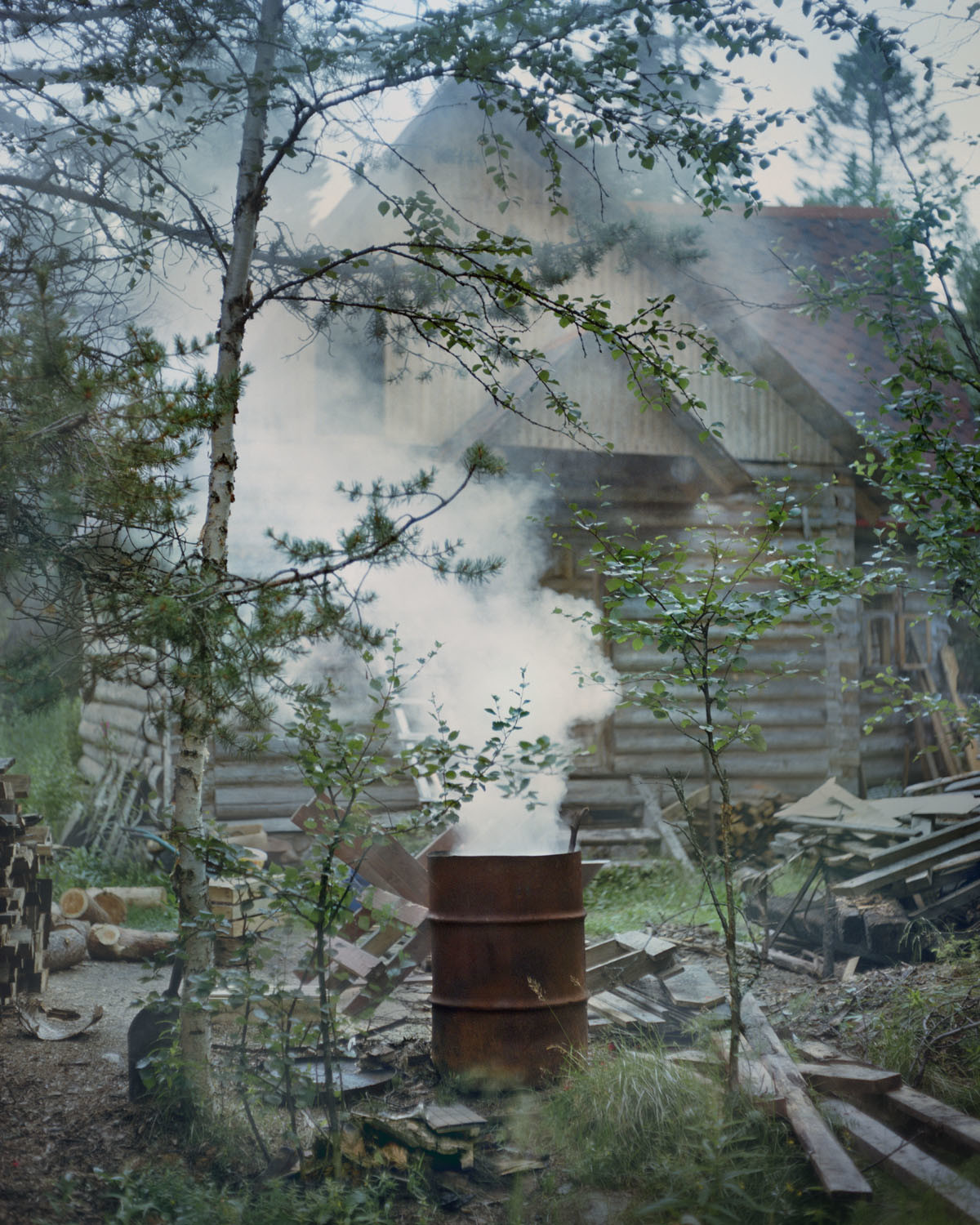
Today life is in full swing: the monastery is functioning again, a school, hospital and several hotels have opened, and the number of tourists is increasing every year.
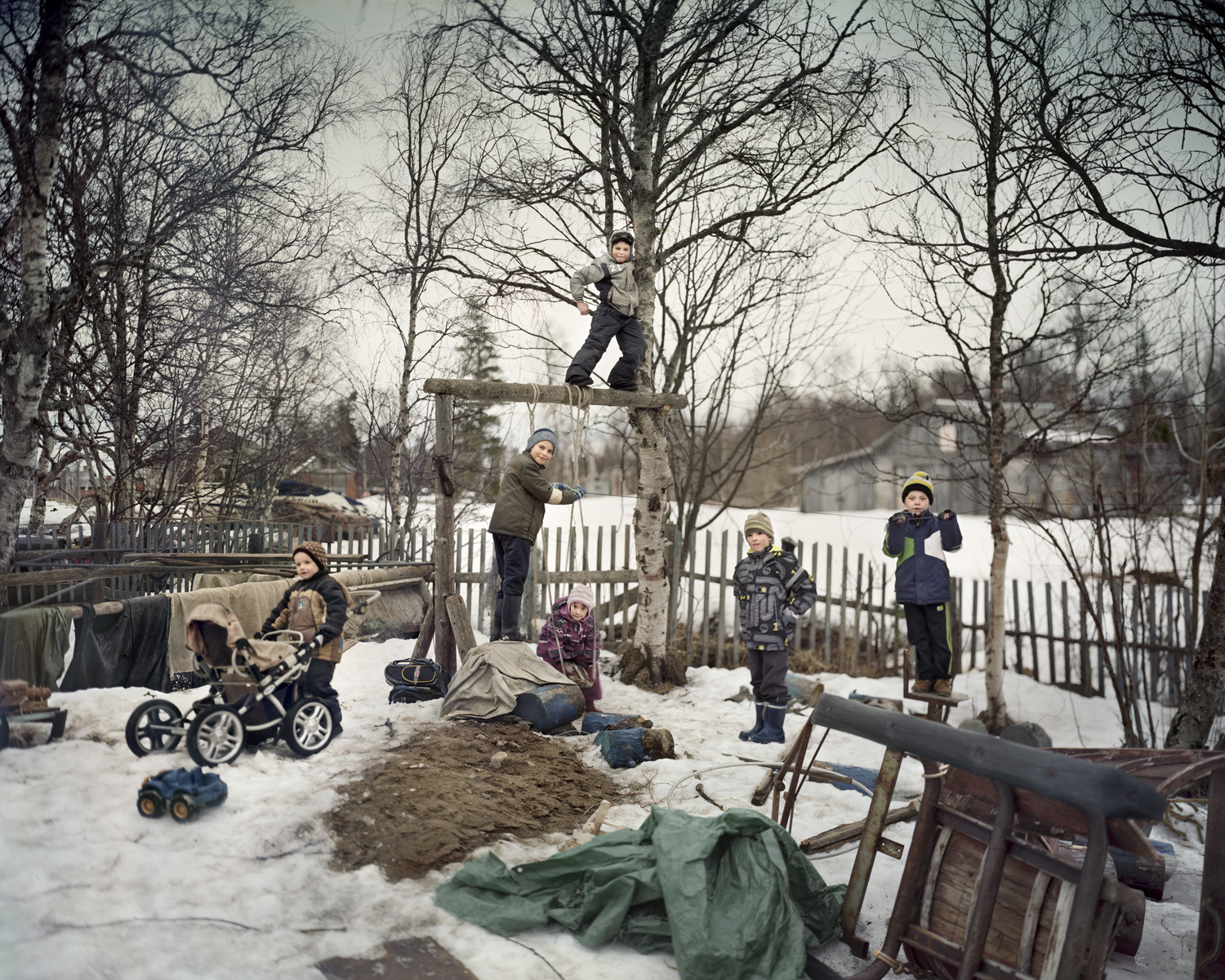
This is Solovki’s oldest resident, 90-year-old Nikolai Donstov. He remembers the last years of the prison, and himself served as a lighthouse keeper.
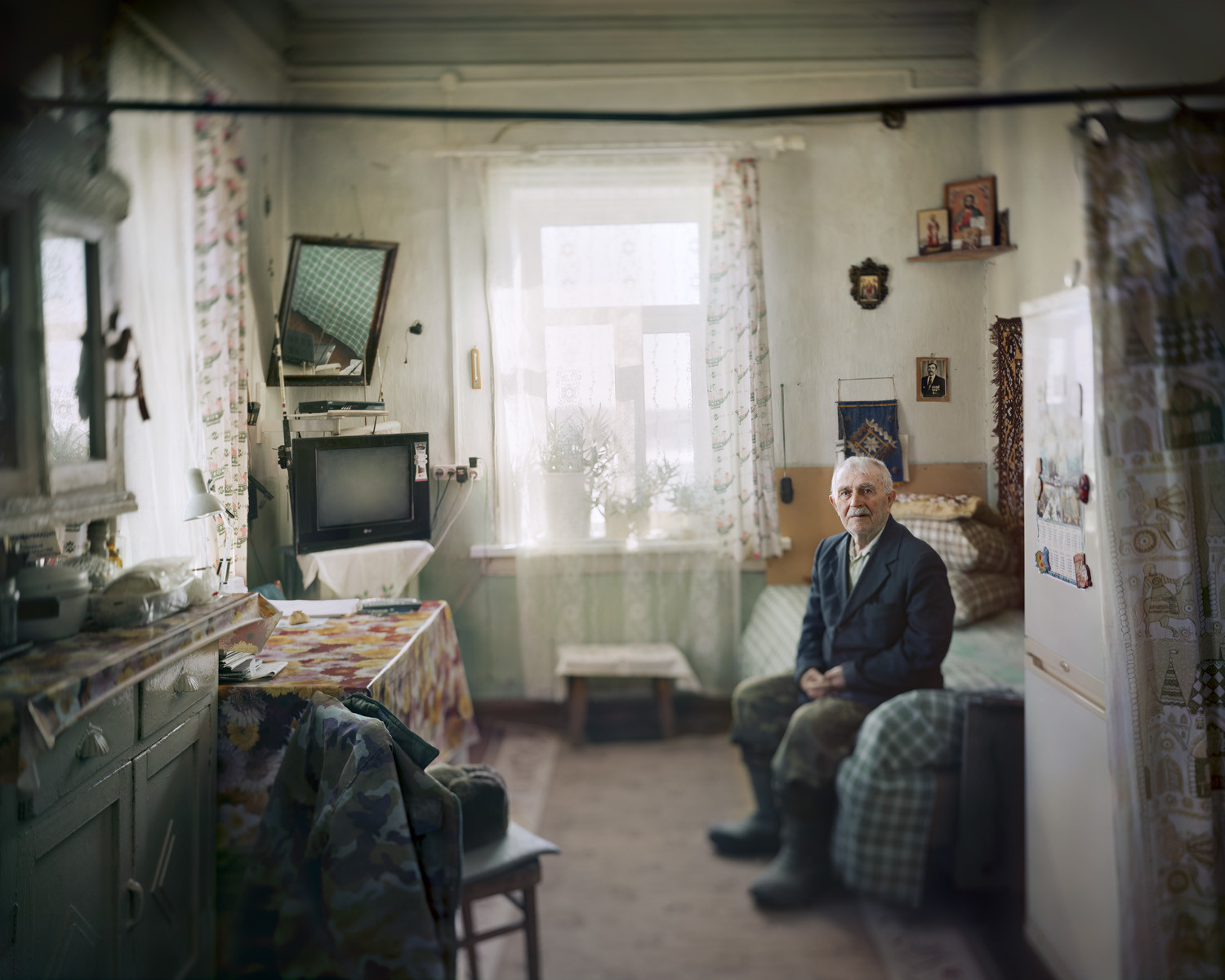
Many artifacts of those terrible times still remain, including abandoned monastery cells used as barracks and closed prisons with boarded-up windows.
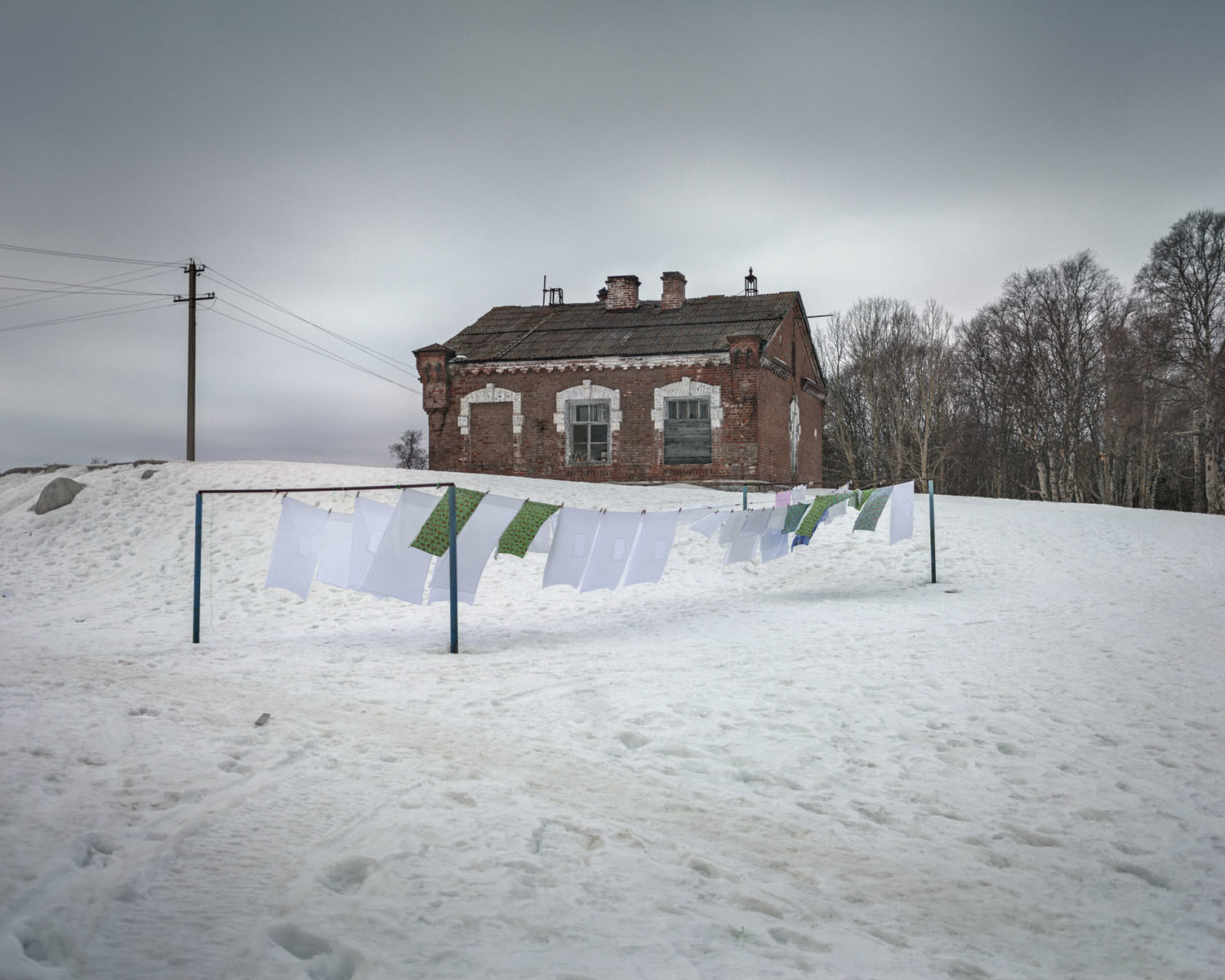
This pier received barges laden with prisoners. In 1930, 71,000 people were incarcerated here — the largest number of inmates in the camp’s history.
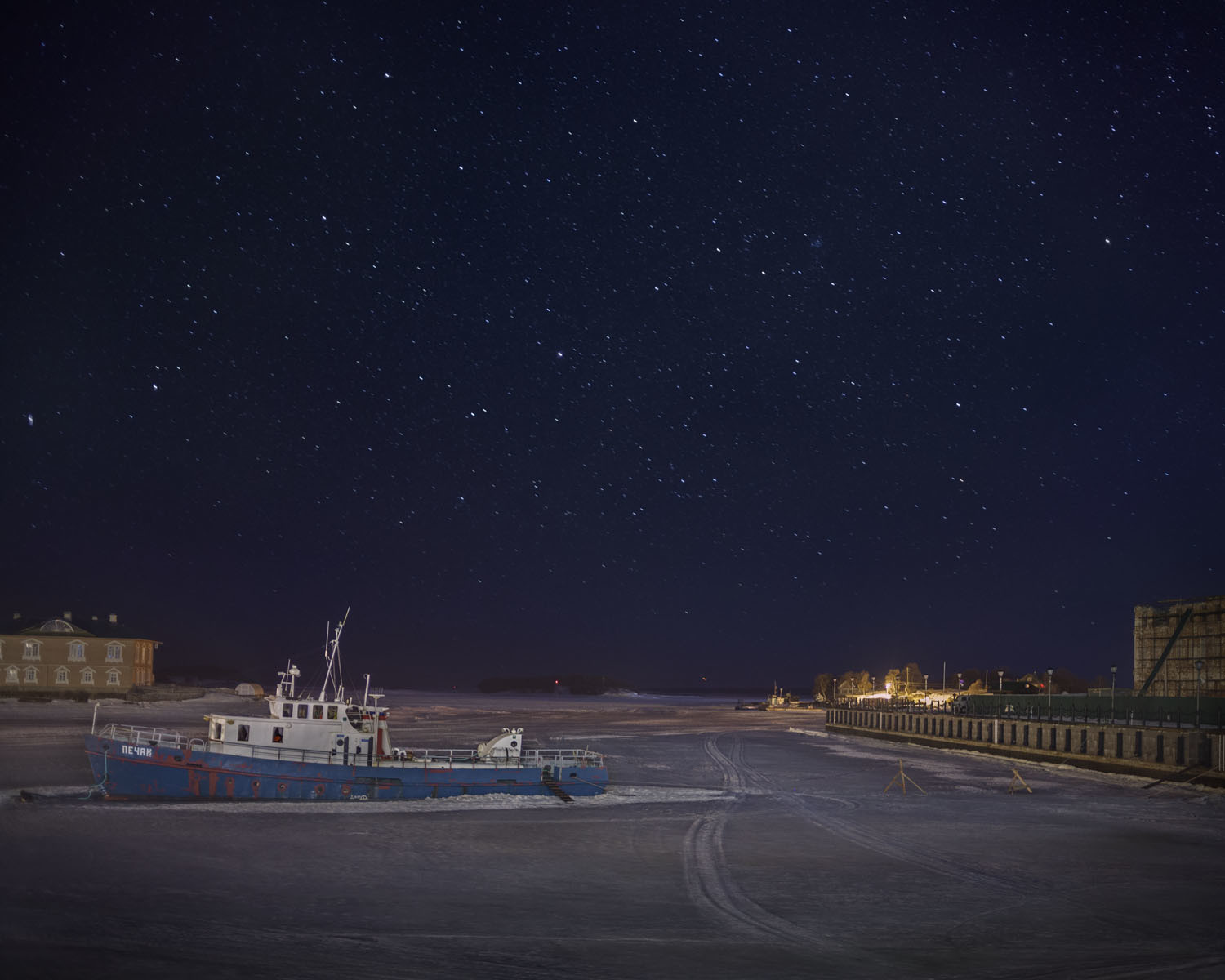
When the White Sea is not ice-bound, Solovki can be reached by ship from the town of Kem. But most of the time the only route in is by air to Arkhangelsk, twice a week.

Watch Russia Beyond documentary: The memory of the Solovetsky islands
If using any of Russia Beyond's content, partly or in full, always provide an active hyperlink to the original material.
Subscribe
to our newsletter!
Get the week's best stories straight to your inbox